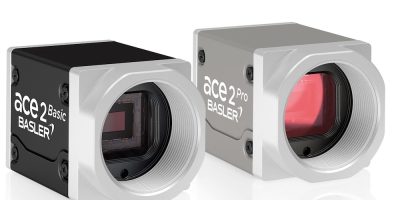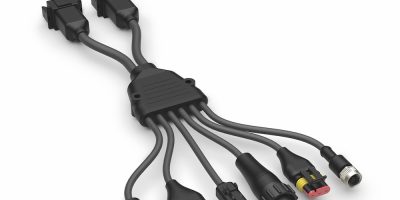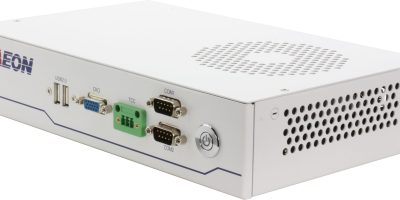Silicon Labs is the first IC vendor to integrate MikroElektronika (Mikroe)’s mikroSDK Click Board drivers to its software environment.
Support for the mikroSDK 2.0 Click drivers was achieved by adding a hardware driver extension (plugin) into Mikroe’s Gecko SDK (software development kit), which is now available within Silicon Labs’ Simplicity Studio IDE (integrated development environment). This integration means embedded engineers can use the Mikroe peripheral Click boards to develop both the hardware and software for an embedded system based on Silicon Labs’ controllers.
Nebojsa Matic, Mikroe’s CEO, said: “Many IC vendors now include the mikroBUS socket standard on their development boards. This enables developers to try out thousands of different peripheral Click boards, saving hardware cost and design time”. The addition of the mikroBUS socket in Silicon Labs’ Explorer Kits, has added hardware driver extension support for the mikroSDK 2.0 Click drivers into the silicon company’s IDE, Simplicity Studio GSDK which will allow designers using Silicon Labs SoCs or microcontrollers to easily include Click board libraries into their code. According to Matic, this means that engineers will save time and money by using the Click boards hardware, but they will have also seamlessly addressed the software task too. “It’s a real validation of our approach,” he added.
Anders Pettesson, director of mass market marketing at Silicon Labs, added: “After partnering with Mikroe on Click board projects and seeing the possibilities of the ecosystem, we decided to bring that flexibility and ease of use to the Silicon Labs environment. By creating the mikroSDK 2.0 Click driver extension, we’ve now made it easy for embedded engineers to add thousands of peripherals to Silicon Labs software projects.”
MikroElektronika (Mikroe) invented the mikroBUS development socket standard and the compact Click boards for peripherals that use the standard to dramatically cut development time. Since its introduction in 2011, the company now offers 1350+ Click boards – 10 times more than competitors. The mikroBUS standard is included by leading microcontroller companies on their development boards.
SiBrain is Mikroe’s standard for microcontroller development add-on boards and sockets and the company’s DISCON standard enables uses to choose between a wide variety of supported LCDs and touchscreen options. Mikroe also offers the NECTO IDE and a wide range of compilers, development boards, programmers and debuggers.






